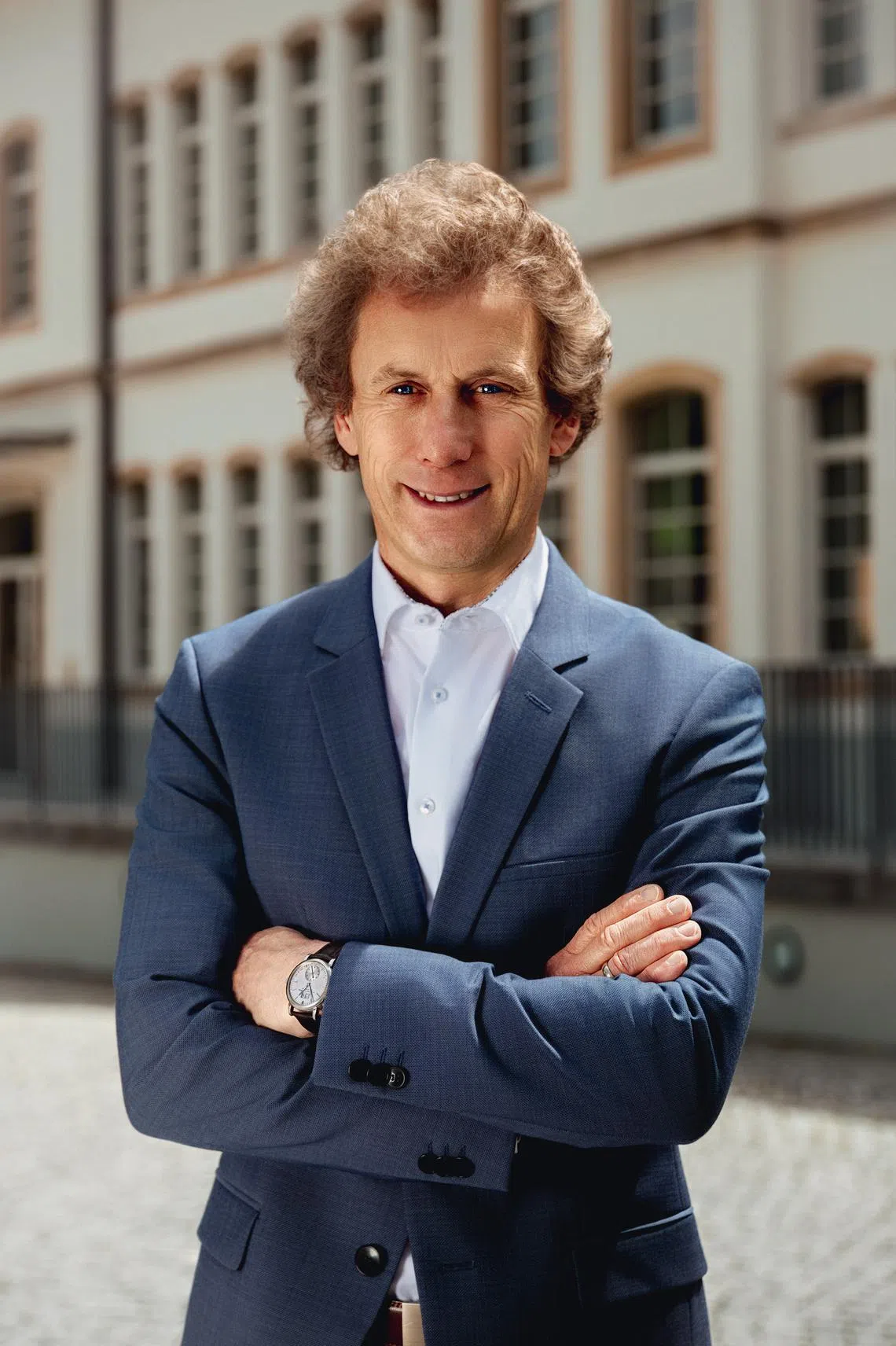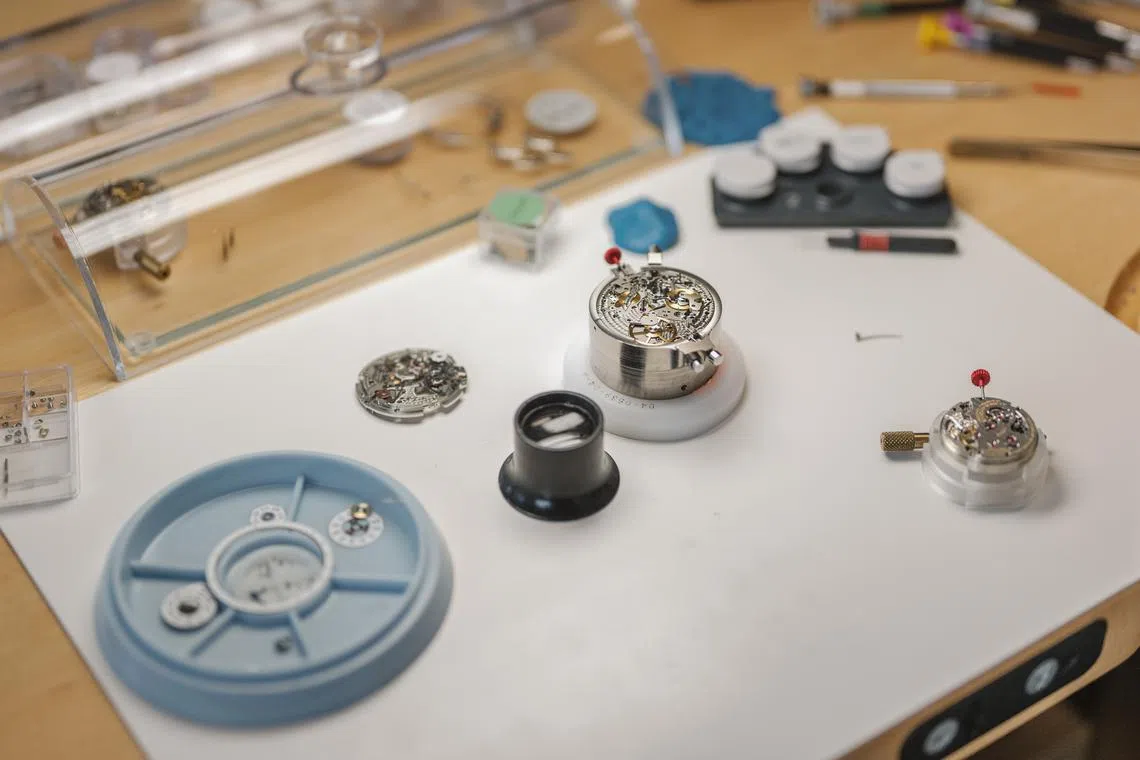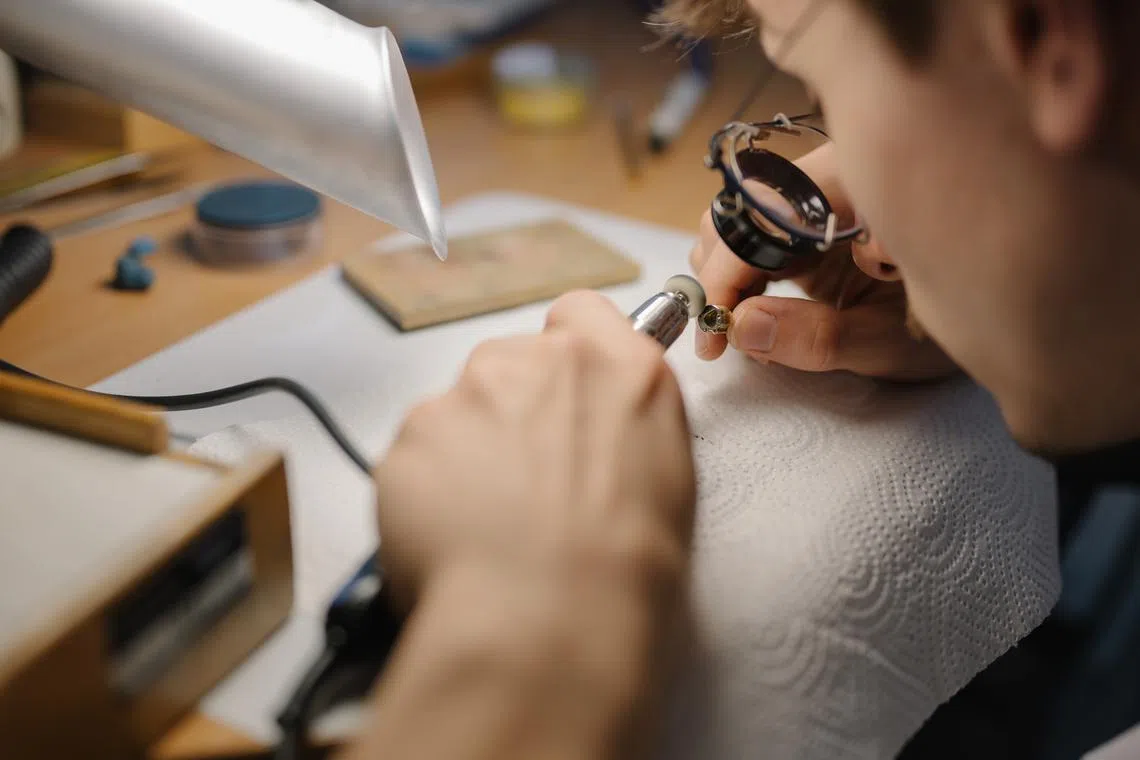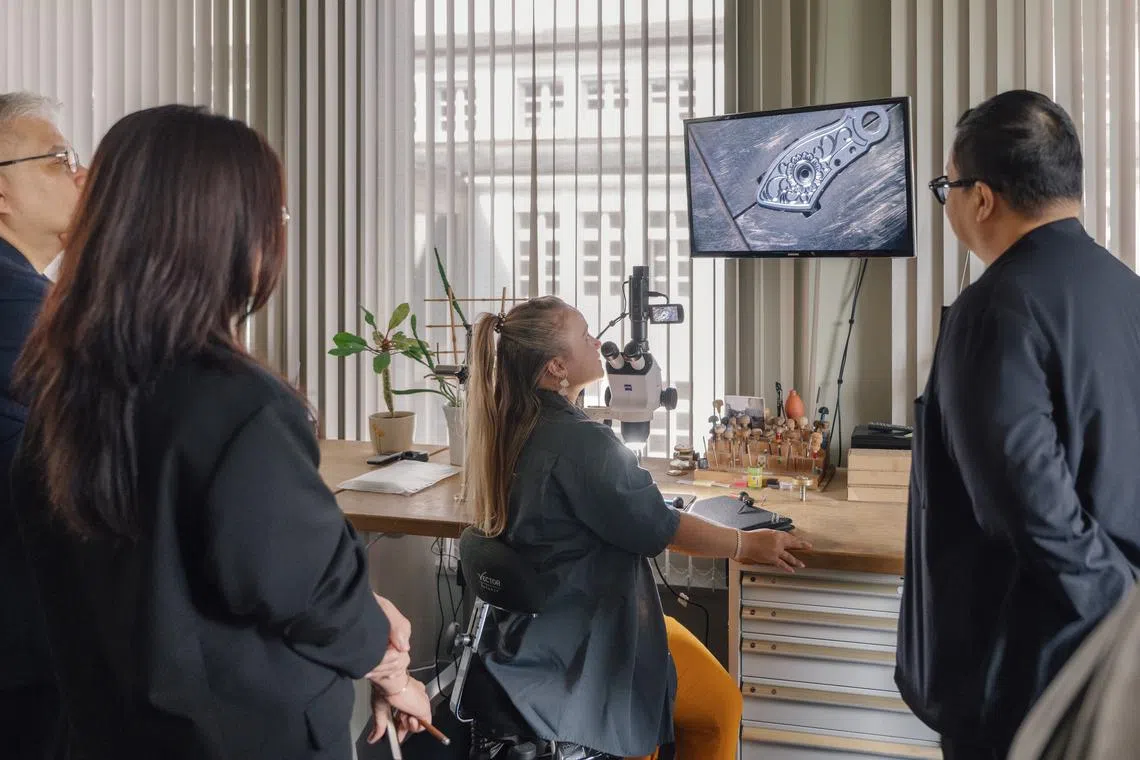Tradition and quiet perfection remain the Lange way
From the asymmetrical Lange 1 to the ‘digital’ Zeitwerk, A Lange & Sohne has redefined German watchmaking. Production director Tino Bobe explains why it resists trends in favour of craft and permanence

[GLASHUTTE] South of Dresden lies Glashutte, a quiet town that hums with a precision unlike anywhere else. Its narrow streets are lined with discreet buildings where some of the world’s most coveted luxury watches are assembled. This is the cradle of German watchmaking, where time is measured not only in hours and minutes but also in generations.

At its centre stands A Lange & Sohne, a manufacture that has come to embody the resurgence of Saxony’s horological tradition since the fall of the Berlin Wall. Among the custodians of this legacy is Tino Bobe, who joined the brand in 1999 and is now its production director. Speaking at the manufacture during a recent visit, Bobe offered a window into how Lange continues to balance tradition and innovation while grappling with the challenges of modern luxury manufacturing.
The birth of German high watchmaking Lange’s story is inseparable from that of Germany itself. Founded in 1845 by Ferdinand Adolph Lange, the company set the standard for precision pocket watches, and established Glashutte as a centre for high German watchmaking. World War II and subsequent division of Germany brought production to a halt; the company was nationalised and effectively disappeared for decades.

It was only in 1990, after reunification, that Walter Lange – great-grandson of the founder – revived the brand and four years later, the reborn company launched its first modern collection, signalling that Glashutte was once again a name to be reckoned with in fine watchmaking. At its centre was the Lange 1, with its off-centre dial layout and outsize date, a design now regarded as one of the most recognisable faces in modern watchmaking.
Other icons cementing the maison’s standing include the Datograph, unveiled in 1999, which stunned the industry with its perfectly executed in-house chronograph calibre; the Zeitwerk, introduced a decade later, which broke convention with a mechanical digital display powered by a constant-force escapement; and the Lange 31, the world’s first mechanical wristwatch to offer a full month of power reserve.
Today, Lange is regarded as part of haute horology’s “holy trinity” – mentioned in the same breath as Swiss stalwarts Patek Philippe, Vacheron Constantin, and Audemars Piguet. But unlike its Geneva-based counterparts, Lange has cultivated an image that is resolutely German: restrained, precise, and engineered to last. Much like how the door of a German-brand car closes, Bobe said that Lange’s watches are engineered to convey that same sense of quiet permanence.

Tradition over technology Whether it is a simple three-hand calibre or a flyback chronograph, all Lange watches goes through a two-fold assembly process for perfection. It is a deeply rooted tradition that has become part of the brand’s DNA, and design elements such as the three-quarter plate, outsize date, and preference for precious metals further reinforce this identity.
That is also why, in an era where brands tout silicon components as the future of watchmaking, Lange has taken a contrarian stance. Silicon’s virtues are undeniable – it is anti-magnetic, requires no lubrication, and offers extraordinary precision. Yet, Lange refuses to use it.

“For us, it was clear,” Bobe said. “In 50 years, a well-trained watchmaker should be able to service any of our watches.” Silicon, brittle and difficult to replicate outside specialised labs, could render future servicing impossible. Instead, Lange remains committed to traditional materials: untreated German silver for movement plates, gold chatons, blued screws, and the hand-engraved balance cock that has become its signature.
SEE ALSO
This commitment is not nostalgia but strategy. Longevity, not novelty, is what clients expect. The same way Lange showcases its craftsmanship through a hand-engraved balance cock – as opposed to a diamond-studded bezel like flashier marques – Lange appeals to those who prefer their success signalled subtly. As Bobe put it: “It’s not about being the loudest because our clients don’t need to show they’re successful.”
Training the next generation At the heart of Lange’s resilience is its people, and here the watchmaking school plays a vital role. Established in 1997 at Walter Lange’s insistence, the school has already trained nearly 270 graduates. Around 30 to 35 apprentices are enrolled at any given time, carefully selected through rigorous tests.
Bobe described it as a way to safeguard the future. “We don’t compromise. If someone doesn’t show the necessary talent, we don’t take them in. It’s not fair to them, and it’s not good for us.” The approach reflects both the rarity of the craft and the brand’s uncompromising standards.

The school was also one of Walter Lange’s great joys. He would visit students before Christmas each year, cake in hand, to celebrate with them. His final appearance at the manufacture, shortly before his passing in early 2017, was with the apprentices – a poignant reminder of how deeply education is also woven into Lange’s DNA.
More pressing, however, is the battle for talent. “Twenty years ago, attending two or three fairs was enough to attract young people. Today, we do over 20 a year,” Bobe admitted. Competing against the allure of digital careers as YouTubers and so-called key opinion leaders (KOLs), watchmaking must be presented as a viable, rewarding path.
The purist’s choice For all the complexity he oversees at the manufacture and mind-boggling complications found in some Lange watches, the timepiece Bobe dons might come as a surprise to some. On his wrist for the last 25 years is the minimalistic Langematik – a watch which showcases the brand’s signature outsize date window. “I am a bit of a purist and although this is understated, it matches my personality,” he shared.
That ethos – restrained, rigorous, and rooted in permanence – is also perhaps what defines Lange. As Bobe put it, a good watch should be “quality-wise and robust, never stopping, never giving you problems”.
For its collectors, that is precisely the point.
Decoding Asia newsletter: your guide to navigating Asia in a new global order. Sign up here to get Decoding Asia newsletter. Delivered to your inbox. Free.
Copyright SPH Media. All rights reserved.

